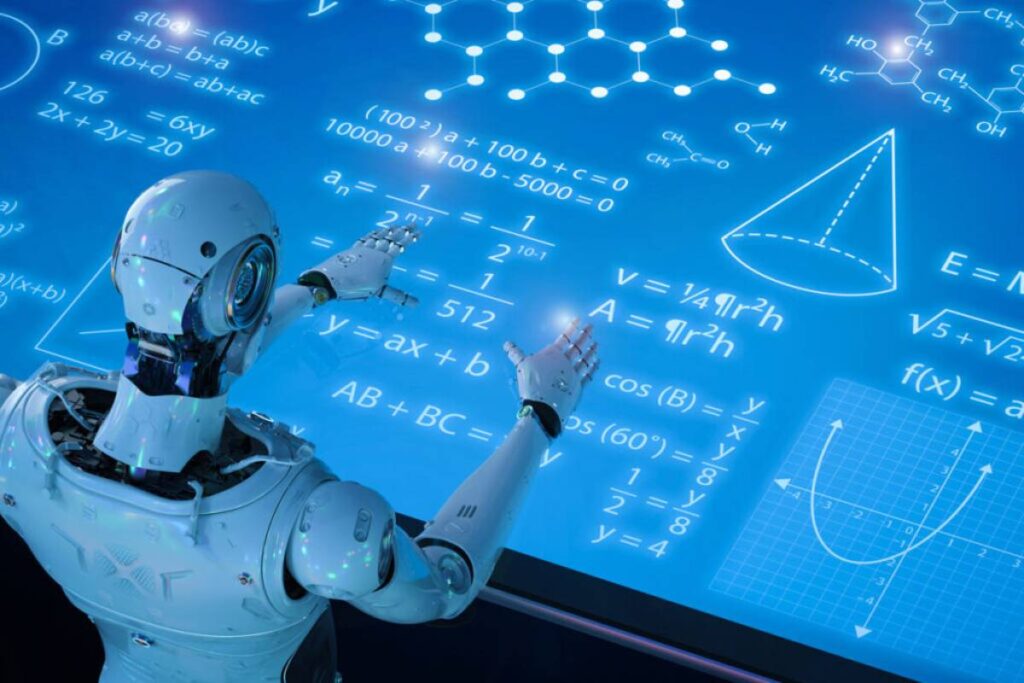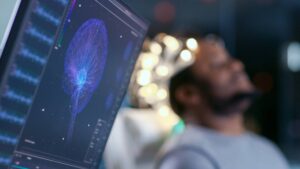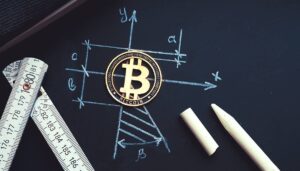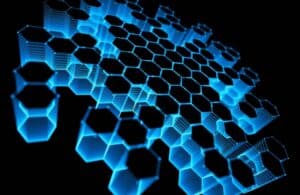The Science Blog

AI vs. Mathematicians: Can Machines Solve the Unsolvable?
Recently, the mix of artificial intelligence (AI) and math has led to interesting talks and debates. Can machines use AI theorem proving and machine learning to solve problems that have puzzled human mathematicians for years? AI is changing how we solve math problems. This shift in computational math has big implications. This blog looks at how AI can tackle tough math problems. It explores the partnership between AI and mathematicians. Plus, it asks the big question: Can machines solve what seems unsolvable?
AI in math is appealing because it can process huge amounts of data. It also calculates much faster than people can. However, the journey of AI in this field is not without its challenges and controversies. By examining the strengths and limitations of AI, we can better understand its role in the future of mathematics.
Key Benefits / Why It Matters
The integration of AI into mathematics is not just a technological advancement. It represents a paradigm shift in how we approach problem-solving. The relevance of this topic is underscored by several factors:
Enhancing Computational Power
AI theorem proving and machine learning algorithms can handle large datasets. This makes them great for solving complex math problems that traditional methods struggle with. This extra computing power makes it easier to explore math theories and ideas.
Accelerating Discovery
AI can handle repetitive tasks. This saves mathematicians time. They can then focus on the creative parts of problem-solving. This quick discovery can lead to breakthroughs. We can better understand complex math and create new theories.
Bridging Gaps in Knowledge
AI can help close gaps in math knowledge. It finds patterns and relationships that human mathematicians might miss. This ability can help create new hypotheses and uncover unknown mathematical truths.
Democratising Mathematics
AI in mathematics can open up access to advanced problem-solving tools. This allows more people and institutions to take part in mathematical research. This democratisation can lead to a more inclusive and diverse mathematical community.
Proving Long-Standing Conjectures
AI in math is fascinating because it can help prove or disprove old conjectures. AI is now helping verify complex proofs. For example, DeepMind’s AlphaTensor optimises matrix multiplication. This shows how AI can assist mathematicians in theoretical work.
Step-by-Step Guide / Actionable Insights

AI can help solve tough math problems. Let’s look at how AI theorem proving and machine learning work in computational math.
Understanding the Problem
The first step in using AI for mathematical problem-solving is to clearly define the problem at hand. This involves identifying the key variables, constraints, and objectives that need to be addressed. By breaking down the problem into smaller, manageable components, AI can be more effectively applied.
Data Collection and Preprocessing
AI relies on data to function, so the next step is to gather relevant data that can inform the problem-solving process. This data may include mathematical formulas, historical research, and computational models. Preprocessing this data ensures that it is clean, accurate, and ready for analysis.
Model Selection and Training
Choosing the right AI model is crucial for successful problem-solving. Machine learning algorithms like neural networks and decision trees learn from preprocessed data. They find patterns and make predictions. The training process involves adjusting the model’s parameters to optimise its performance.
Example: Using Neural Networks for Theorem Proving
Neural networks work like the human brain. They can prove math theorems by spotting patterns and relationships in data. By training a neural network on a dataset of proven theorems, it can learn to identify the logical steps needed to prove new theorems.
Evaluation and Refinement
Once the AI model is trained, it is important to evaluate its performance to ensure accuracy and reliability. This involves testing the model on a separate dataset and comparing its predictions to known results. If necessary, the model can be refined through additional training or parameter adjustments.
Interpretation and Application
The final step is to interpret the results generated by the AI model and apply them to the original problem. This may mean working with human mathematicians. Together, they can check the findings and see how they affect math theory and practice.
Additional Expert Tips & Common Mistakes to Avoid
While the potential of AI in mathematics is immense, there are several best practices and common pitfalls to consider:
Best Practices
- Collaboration with Human Experts: AI should complement, not replace, human mathematicians. Collaboration between AI and human experts can lead to more robust and innovative solutions.
- Continuous Learning: AI models need regular updates with new data and insights. This keeps them relevant and effective in solving problems.
- Ethical Considerations: Using AI in math must follow ethical principles. This way, we ensure the technology is responsible and transparent.
Common Mistakes
- Overreliance on AI: AI can enhance problem-solving. Overreliance on technology can lead to a loss of critical thinking and creativity. It is important to maintain a balance between AI and human intuition.
- Ignoring Data Quality: The accuracy of AI models depends on the quality of the data used for training. Neglecting data quality can lead to inaccurate predictions and unreliable results.
- Underestimating Complexity: Some math problems are very complex. They may not be fully solved by AI alone. Recognising the limitations of AI is crucial for effective problem-solving.
Advanced Insights / Expert Recommendations
Explore AI’s potential in math with these insights and tips:
Exploring Quantum Computing
Quantum computing is the next big thing in math. It offers amazing speed and power. Mathematicians can solve problems once thought unsolvable by combining AI and quantum computing.
Developing Hybrid Models
Hybrid models that mix different AI methods, like machine learning and natural language processing, can boost AI’s problem-solving skills in math. These models can provide a more comprehensive approach to complex mathematical challenges.
Embracing Open-Source Collaboration
The open-source movement changed AI. It lets researchers and developers work together and share resources. Open-source collaboration speeds up AI tool development for math. It also helps create a more inclusive research community.
The Future of AI in Pure Mathematics
AI has demonstrated its ability to aid in applied mathematics. Its role in pure mathematics is still evolving. Intuition, abstraction, and strong logical reasoning are key here. Future AI systems could not just do calculations. They may also think conceptually. This change might lead to AI helping discover new ideas in theoretical mathematics.
The Road Ahead: AI and the Future of Mathematics

In conclusion, the potential of AI in mathematics is both exciting and transformative. Machines may not yet be able to solve all mathematical problems. They offer valuable tools and insights that can complement human expertise. Working together, AI and mathematicians can create new opportunities in math research and problem-solving.
As we explore AI’s role in math, we must remember the ethical and practical issues that come with this technology. We can use AI to solve tough problems by encouraging teamwork and creativity. This will lead to a new era of math discovery.
Are you ready to explore the possibilities of AI in mathematics? Join the conversation and share your thoughts on the future of AI theorem proving and computational math. Together, we can shape the future of mathematics and unlock the mysteries of the universe.









